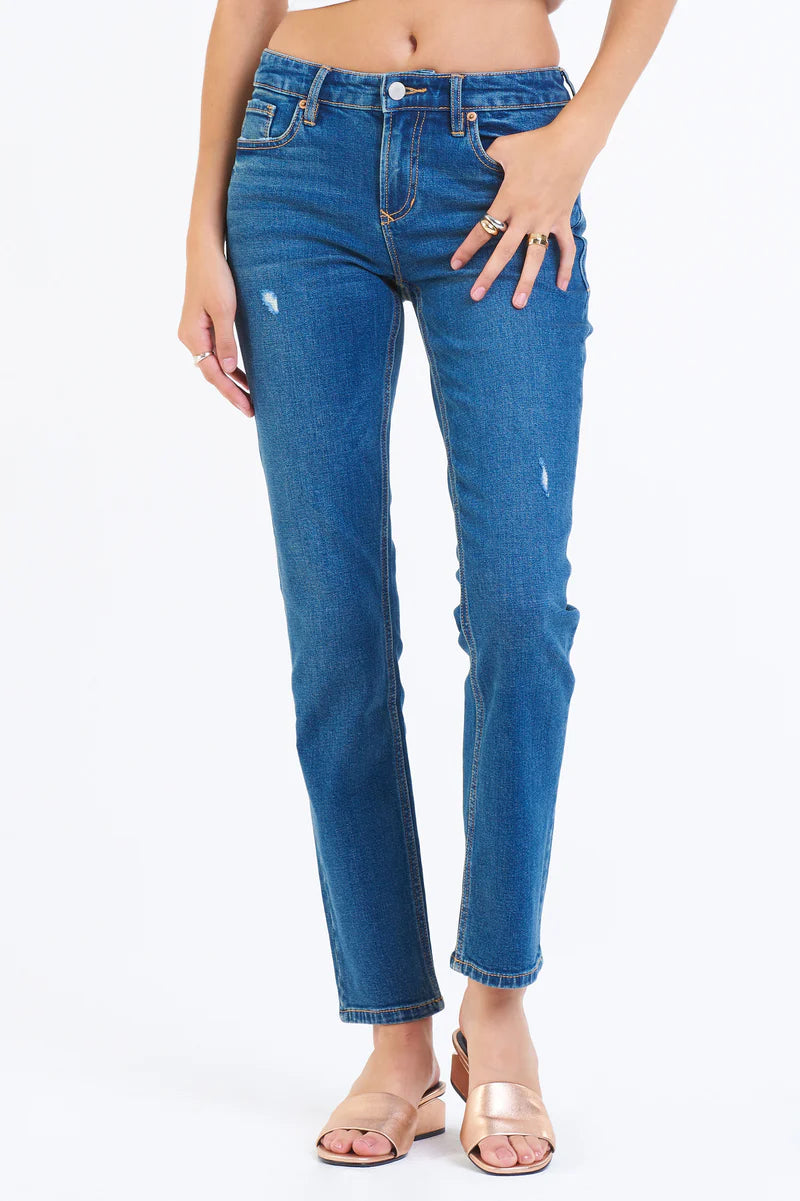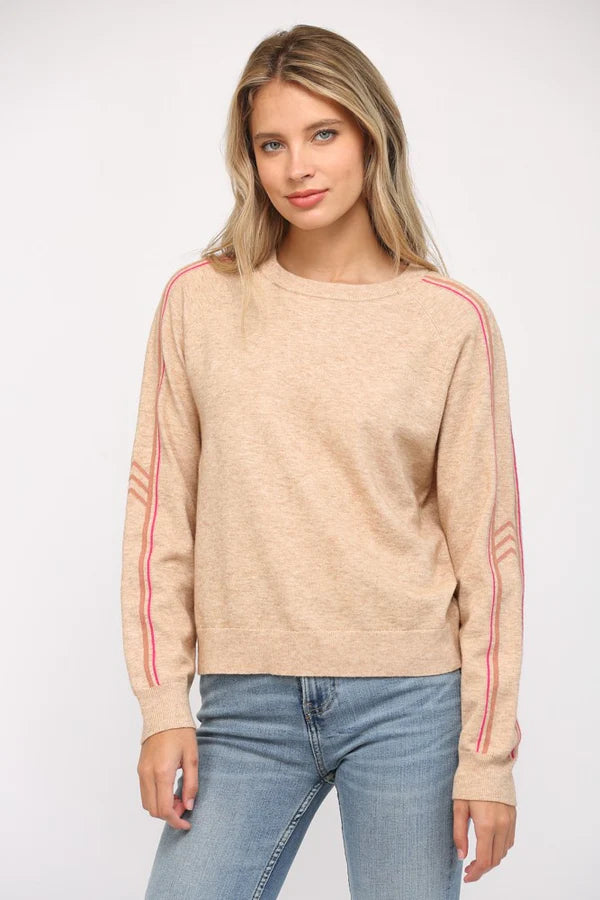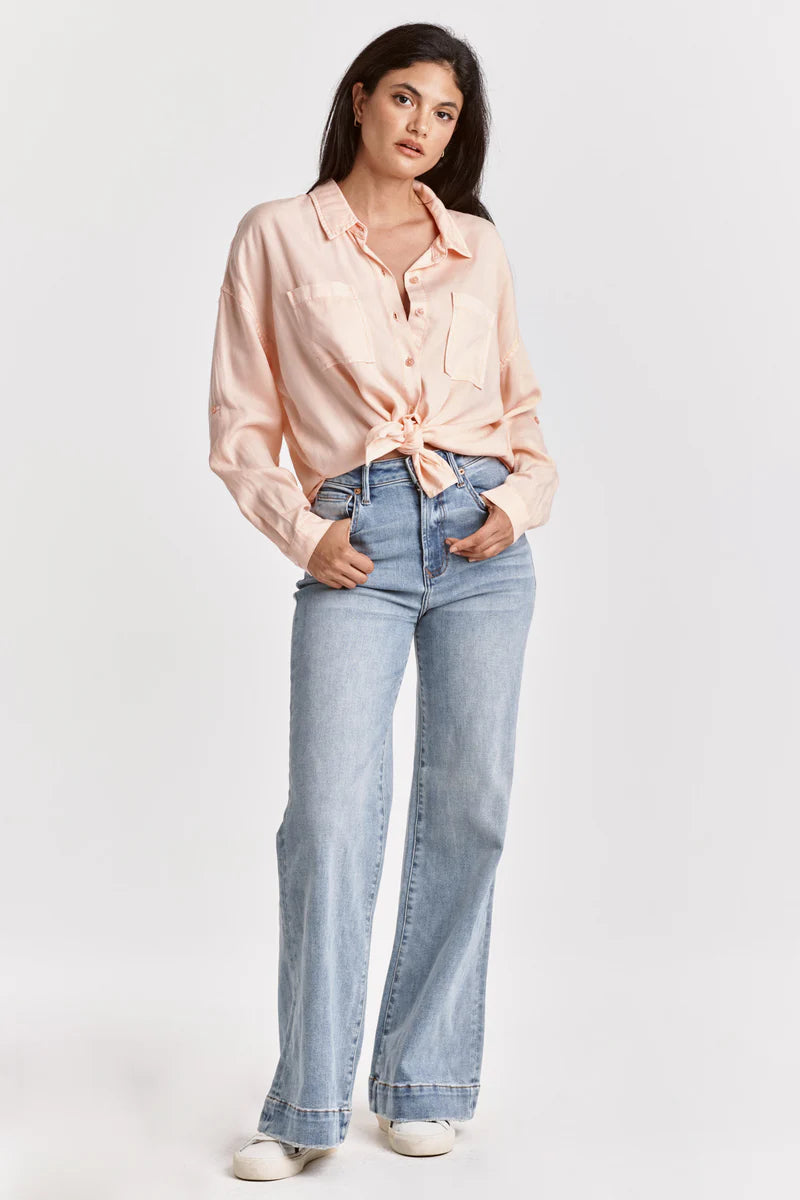Denim has been a staple in wardrobes around the world for over a century. But how did this humble fabric, originally designed for durability and function, evolve into the universal symbol of style that it is today? The story of denim is woven with hard work, rebellion, and reinvention. From the fields and factories to the runways and closets of fashion-forward individuals, denim has seen it all. And in today's world, brands like Hope & Stetson carry on this legacy, offering timeless, high-quality denim that reflects both its storied past and modern versatility.
The Humble Beginnings of Denim
A Fabric Born from Necessity
Denim traces its roots back to the late 19th century, when it was created as a durable fabric meant to withstand the toughest conditions. Originally worn by miners, railroad workers, and farmers, denim wasn’t intended to make a fashion statement. It was designed purely for its ruggedness. The famed Levi Strauss and Jacob Davis patented the riveted denim jeans in 1873, which soon became synonymous with hard work and perseverance.
Denim’s strong, thick weave, along with its indigo dye, made it not only practical but also visually distinct. It was cheap, tough, and practical—everything needed for the grueling work environments of the time.
From Workwear to Westerns
While denim was firmly entrenched as the uniform of the working class, it made an unexpected appearance in Hollywood in the 1930s and '40s. Western films, starring icons like John Wayne and James Dean, transformed denim into a symbol of rugged masculinity and rebellion. Suddenly, what was once the attire of the blue-collar laborer began to be seen as cool, dangerous, and desirable.
Around the same time, denim’s association with the American West and cowboy culture contributed to its growing popularity. It wasn’t long before young people began embracing denim not just as workwear but as a way to defy conventional norms.
The Birth of Denim Fashion in the 20th Century
Denim as a Symbol of Rebellion
Fast forward to the 1950s, and denim was at the forefront of youth culture. The rise of rock 'n' roll and the rebellious attitudes that accompanied it saw denim jeans as a hallmark of anti-establishment movements. Teenagers everywhere donned denim to signal their desire to break free from the traditions of their parents' generation.
Even in the face of schools banning denim and parents deeming it inappropriate, the allure of this once-humble fabric only grew stronger. This was the dawn of denim as a cultural phenomenon—a shift from workwear to a symbol of freedom and rebellion.
The Fashion Industry Embraces Denim
By the 1970s and '80s, denim had cemented its place in the world of fashion. Major fashion designers and high-end brands began experimenting with denim, transforming it into something that could be worn on the runway. No longer confined to the blue jean, denim expanded into jackets, skirts, and even dresses.
Hope & Stetson, a brand known for its modern yet timeless approach, continues this tradition. Their selection of denim marries both the rich heritage of the fabric and the needs of today’s consumers. Their pieces reflect how denim, even today, remains a canvas for self-expression and style, while also being durable enough to last for years.
Denim's Resurgence in Modern Culture
The Rise of Sustainable Denim
In recent years, as the world has shifted its focus towards sustainability, denim has once again evolved. Brands are innovating with organic cotton, recycling old jeans, and implementing eco-friendly dyeing processes. This new wave of sustainable denim ensures that the fabric continues to be as relevant as ever while minimizing its environmental impact.
At Hope & Stetson, sustainability is an important part of their ethos. By creating timeless, high-quality denim, they ensure that their pieces are not only stylish but also long-lasting, reducing the need for fast fashion and disposable clothing. This sustainable approach is a nod to denim’s roots—built for longevity and durability, but now with a focus on the planet.
The Influence of Street Style and Pop Culture
Denim has maintained its iconic status through the decades thanks to its ability to adapt. Today, you’ll find denim on everyone from celebrities to the everyday fashion lover, appearing in countless styles—skinny jeans, boyfriend jeans, high-waisted cuts, and distressed designs, to name a few.
Street style, pop culture, and social media have played significant roles in the denim trends we see today. Denim’s accessibility and versatility make it a go-to fabric for individuals looking to make a statement, whether it’s dressed down for a casual day or styled up for a chic night out.
Why Denim is Here to Stay
Timelessness and Versatility
So, what makes denim such an enduring favorite? Its versatility, for one. Denim can be worn anywhere—dressed up or down, tailored or oversized. It’s a fabric that works in every season, whether you’re pulling on a pair of faded shorts in the summer or layering a denim jacket in the fall.
The enduring appeal of denim also lies in its ability to transcend trends. While other fashion items come and go, denim remains a wardrobe essential, offering wearers a chance to showcase their personality while staying comfortable.
At Hope & Stetson, the commitment to timeless fashion means they offer pieces that will look good for years to come. Their dedication to quality and style ensures that every piece of denim in their collection is not just fashionable for today, but also classic enough to wear tomorrow.
A Legacy of Hard Work and Style
From its rugged beginnings as a fabric made for laborers to its status as a symbol of rebellion and self-expression, denim has undergone a remarkable transformation. Today, it is one of the most beloved fabrics in the world, known for its versatility, durability, and timeless appeal. Brands like Hope & Stetson continue to carry on denim's proud legacy by offering pieces that honor its past while looking toward the future of sustainable fashion.
Whether you're wearing denim to make a fashion statement, as a comfortable staple, or to connect with the hard-working spirit it represents, denim has an enduring place in fashion—and it’s here to stay.




Leave a comment
This site is protected by hCaptcha and the hCaptcha Privacy Policy and Terms of Service apply.